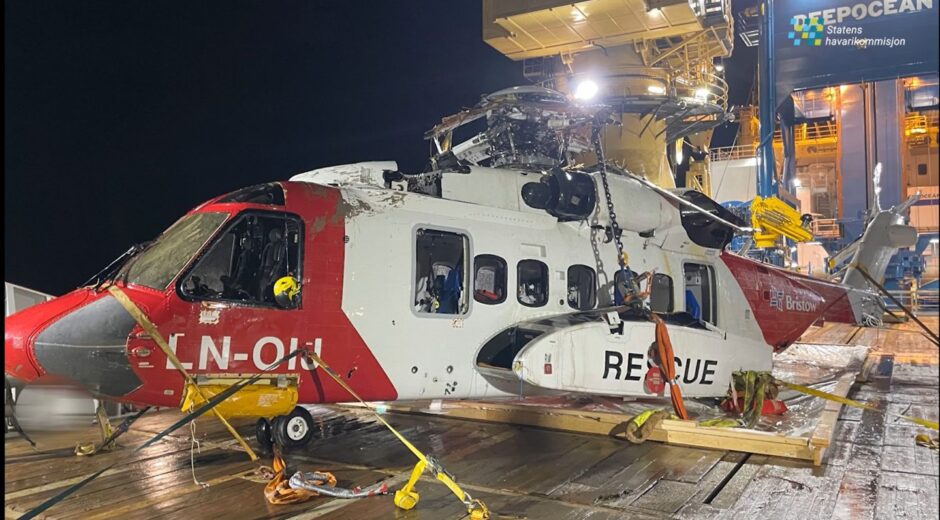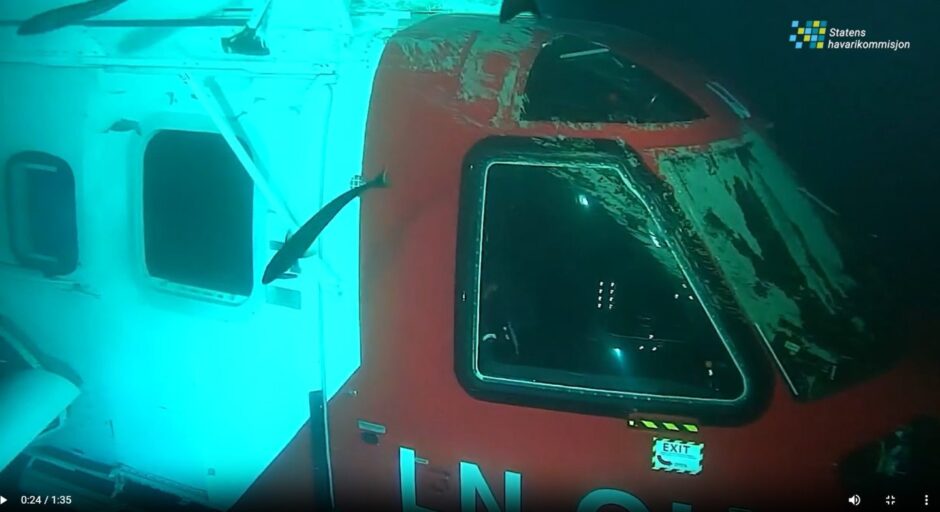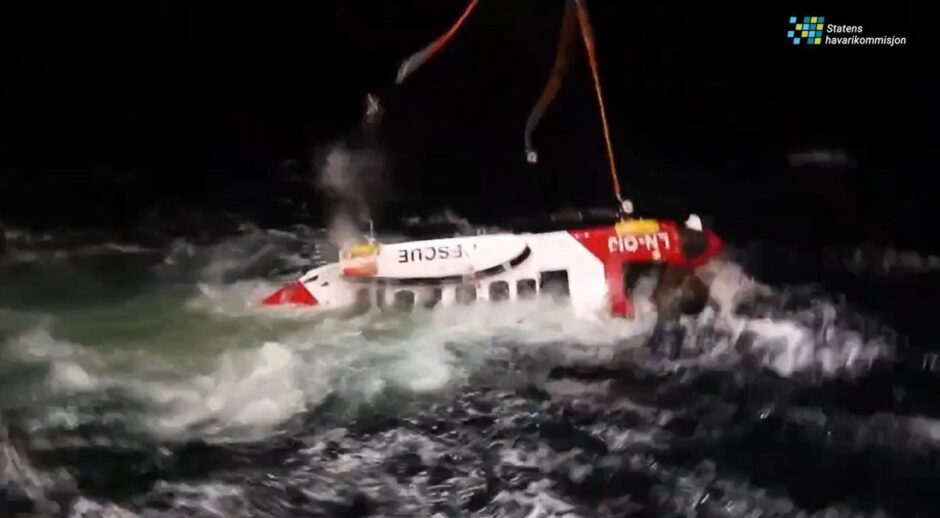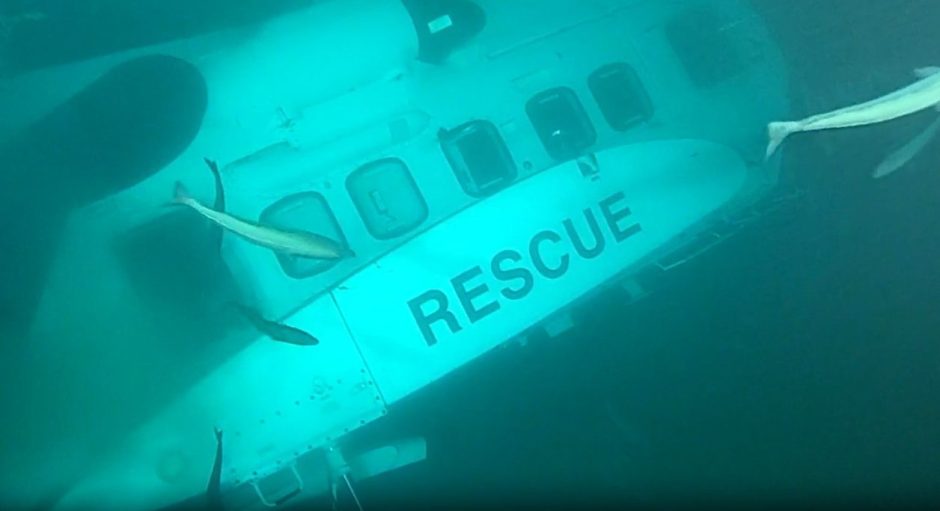
A woman who died in a helicopter crash in Norway last week was the last person to be retrieved from the sea, investigators confirmed today.
61-year-old Reidun Hestetun was one of six people on board the Sikorsky S-92 search and rescue helicopter when it crashed near the island of Sotra during a training exercise on Wednesday 28 February.
During a press conference today, Norwegian authorities confirmed that the six people were picked up in two rounds by two different rescue helicopters.
Five men were initially pulled from the sea by the crew of the SAR Queen rescue helicopter when it arrived on the scene.
According to Norwegian media, fuel shortages forced the SAR Queen crew to make the decision to return to base before retrieving Ms Hestetun.
As a result, Ms Hestetun remained in the sea for another 25 minutes before the next helicopter arrived at the accident site from Florø.
Norwegian authorities did not say what condition Ms Hestetun was in, but she was pronounced dead at Haukeland Hospital and a preliminary autopsy has been completed.
Rescue crew decision ‘saved lives’
In a statement, Norway’s Joint Rescue Coordination Centre (JRCC) operational rescue inspector Andreas Næsheim said the rescue crew determined it was necessary “to go to Haukeland (Hospital) as quickly as possible with the five people who had been taken on board the helicopter at that time”.
“Based on the knowledge we have now, it is reasonable to assume that these assessments have helped save lives,” Mr Næsheim said.
“In the transport on the way to Haukeland, the crew did their utmost to look after her.
“We are sorry that not all six survived, and our condolences go to those who have lost a loved one.”
Following an initial assessment of the search and rescue operation, the JRCC said its handling of the situation on Wednesday was effective.
Because the SAR Queen was on a training exercise when the alarm was raised, the JRCC said it arrived at the scene 20 minutes earlier than if it had departed from its home base.
Salvage operation following Norway helicopter crash
Over the weekend, investigators successfully recovered the wreckage of the helicopter and located its flight recorder.
The Accident Investigation Board Norway (AIBN) said the flight recorder and audio recordings will be analysed in England with the assistance of two Sikorsky employees from the United States.
The investigators are also communicating with the UK’s Civil Aviation Authority and the European Union Aviation Safety Agency (EASA).
AIBN aviation department director general Kåre Halvorsen said it is too early to determine what caused the accident, but no obvious technical faults have been found so far.
“The helicopter type has not been grounded by any country now. No technical errors have been found that make it necessary now,” Mr Halvorsen said.
“If technical faults are found, it will be up to authorities such as EASA and the Civil Aviation Authority to ground the helicopter.”
Floating batons not deployed
Norwegian police have interviewed four of the five men rescued from the downed helicopter.
Police said questioning the fifth man, who was in a critical condition following the accident, is a priority for investigators.
A key question for investigators will be to determine why the S-92 helicopter’s emergency floating batons did not deploy.
The floating batons are designed to deploy automatically to prevent the helicopter from sinking in the event of a crash.
“Why they didn’t trigger automatically, as they should, is one of the things we will look into,” Mr Halvorsen said.
The AIBN said the helicopter is reasonably intact following the crash, which may provide clues as to what caused the accident.
“The fact that there are few injuries to the helicopter is related to the fact that there are so many survivors,” Mr Halvorsen said.
Speaking to Norwegian public broadcaster NRK, Mr Halvorsen said there are early indications a technical failure prevented the batons from deployed.
“There are many indications of a technical failure, without us knowing what lies behind the technical failure,” he said.
“We now hope that the flight recorder will possess data that can provide answers to the floats. This will be important to ensure the safety of those who are flying.”
AIBN director William J. Bertheussen said investigators are in a good position to determine the cause of the accident after recovering the flight recorder.
“We will do everything we can to find out what happened and why,” he said.
Recommended for you



